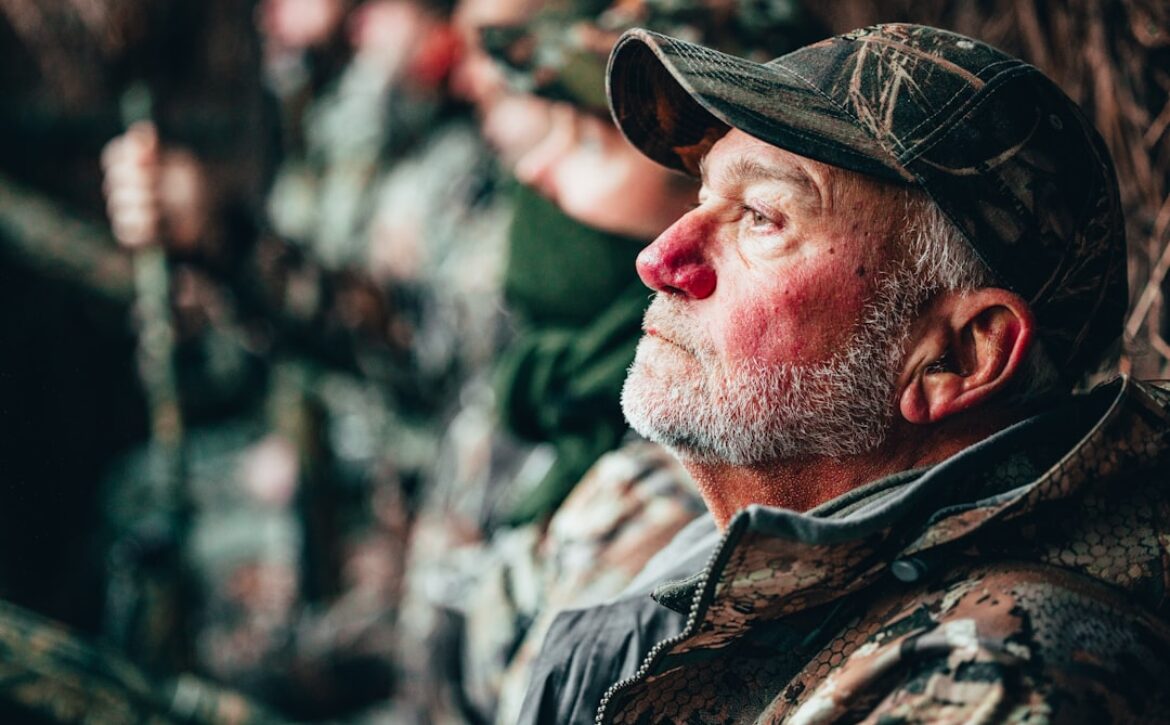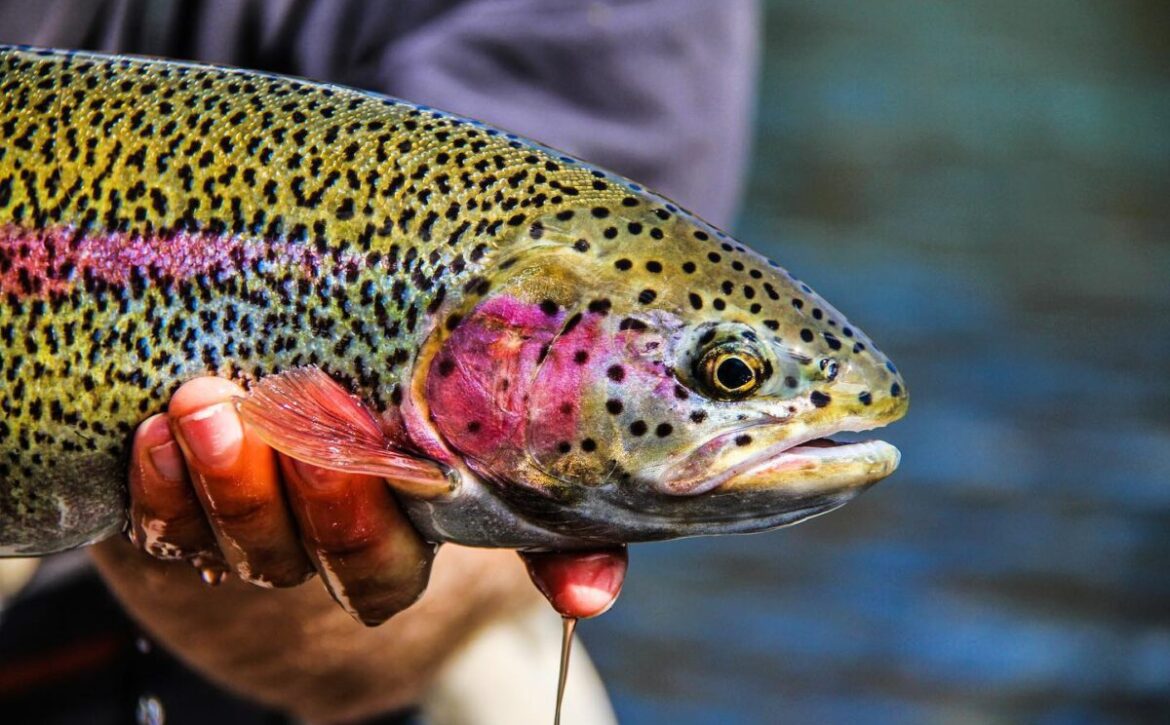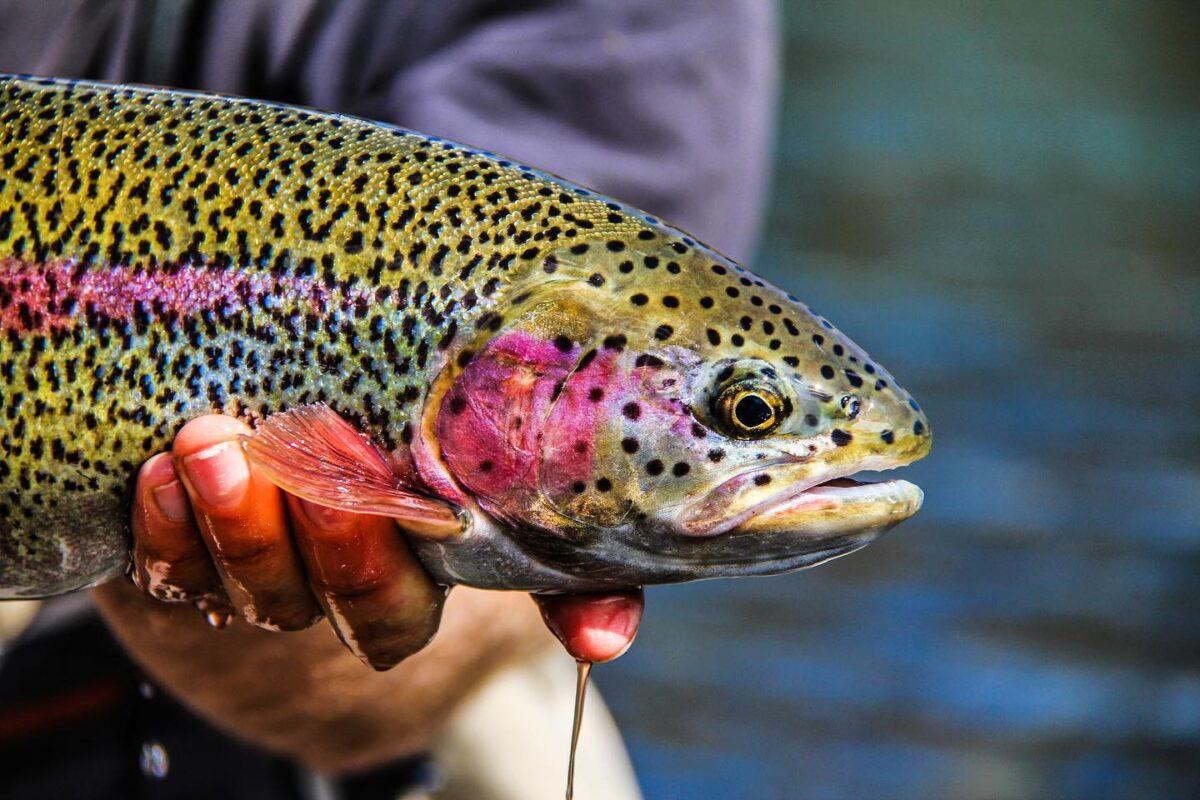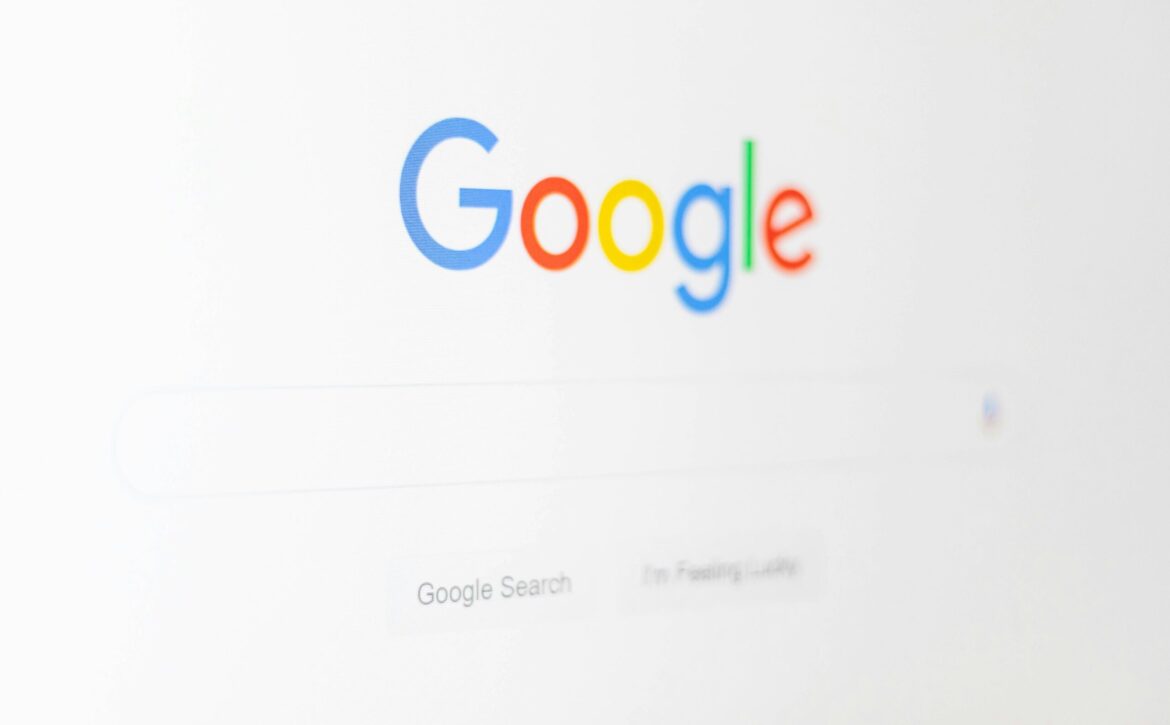Top Bozeman Marketing Agencies: Your Brand’s Ally
Are you struggling to find a marketing partner in Bozeman who truly understands your brand’s potential? Navigating the landscape of marketing agencies can be overwhelming, but the right choice can transform your business. This post will spotlight the top marketing agencies in Bozeman, guiding you to choose the best for digital growth and creative branding. You’ll learn how these professionals can amplify your online presence and maximize your return on investment. By connecting with Bozeman’s elite advertisers, you’ll address the challenge of standing out in a crowded market and see your brand flourish.
Key Takeaways
- Aligning marketing goals with agency strengths ensures effective brand promotion
- Local market knowledge is crucial for impactful advertising strategies
- Continuous campaign monitoring optimizes marketing spend and strategy effectiveness
- A unique brand identity and message resonate deeply with the target audience
- SEO and social media engagement are key to enhancing online presence
Discover Bozeman's Top Marketing Agencies for Your Brand
As we navigate Bozeman’s marketing landscape, I recognize the importance of aligning your brand with the right agency. In the upcoming sections, I’ll guide you through assessing your marketing objectives and matching them with an agency’s core strengths. We’ll look at how to evaluate your marketing needs and goals, then explore the specializations and expertise of top local agencies. This approach ensures your brand partners with a firm that truly understands and can elevate your market presence.
Evaluate Your Marketing Needs and Goals
When I begin to assess the marketing needs and goals for a brand, I focus on identifying the unique challenges and opportunities that the business faces. This involves a thorough analysis of the brand’s target audience, market position, and competitive landscape. By understanding these elements, I can pinpoint the specific marketing services that will most effectively amplify the brand’s message and reach its objectives.
My approach includes setting measurable goals that align with the brand’s broader business strategy. Whether it’s increasing brand awareness, driving website traffic, or boosting sales, I ensure that the marketing efforts are tailored to achieve these targets. This strategic alignment not only streamlines the selection of a marketing agency in Bozeman but also sets a clear benchmark for evaluating the success of the partnership.
Explore Agency Specializations and Expertise
As I delve into the specializations and expertise of Bozeman’s marketing agencies, I prioritize those with a proven track record in specific industries or services. For instance, some agencies might excel in digital marketing, leveraging search engine optimization (SEO) and pay-per-click (PPC) campaigns to drive traffic and conversions. Others may have a strong portfolio in brand strategy, helping businesses to craft a compelling narrative that resonates with their audience.
Understanding the unique strengths of each agency allows me to match them with a brand’s specific needs. Here’s what I consider when evaluating an agency’s expertise:
- Their success in similar industry verticals and the strategies they employed.
- The creativity and effectiveness of their previous campaigns.
- Their ability to integrate various marketing channels for a cohesive approach.
By focusing on these factors, I ensure that the chosen agency not only understands the nuances of your sector but is also equipped to create and execute a marketing plan that aligns with your brand’s vision and goals. This strategic partnership is crucial for achieving long-term success in a competitive market.
Choose the Best Bozeman Agency for Digital Growth
Selecting the ideal marketing agency in Bozeman for digital growth requires a careful comparison of services offered by leading firms. I prioritize examining their success stories and case studies to understand their impact on brands like yours. This evaluation is pivotal in identifying an agency capable of propelling your digital presence and achieving your business objectives.
Compare Services Offered by Leading Agencies
In my experience, comparing the services offered by leading agencies in Bozeman is a critical step in identifying a partner that aligns with your digital growth ambitions. I look for agencies that offer a comprehensive suite of services, from SEO and content marketing to social media management and analytics. This ensures that the agency can handle the multifaceted nature of digital marketing and can adapt to the evolving needs of your brand.
Moreover, I pay close attention to how these agencies tailor their services to different business sizes and types. A boutique agency might specialize in personalized, niche marketing strategies, while larger firms may provide a broader range of services and resources. The key is to find an agency that not only offers the right services but also understands the unique challenges and opportunities your brand faces:
| Agency Size | Specialization | Services Offered |
|---|---|---|
| Small/Boutique | Niche Marketing | Custom Strategies, Personalized Service |
| Medium | Integrated Marketing | SEO, Content Marketing, Social Media |
| Large | Full-Service | End-to-End Solutions, Analytics, Branding |
Assess Agency Success Stories and Case Studies
In my role, I’ve learned the significance of scrutinizing success stories and case studies when selecting a marketing agency in Bozeman. These narratives offer a window into the agency’s ability to deliver tangible results and adapt strategies to the unique needs of each client. I look for case studies that demonstrate a clear understanding of the client’s objectives, followed by innovative solutions and measurable outcomes that align with those goals.
It’s my practice to engage with agencies that not only showcase their successes but also transparently discuss the challenges they’ve overcome. This level of candor provides deeper insights into their problem-solving capabilities and resilience, which are critical factors for sustained digital growth. An agency’s track record of navigating complex marketing landscapes can be a strong indicator of their potential to elevate your brand’s digital presence.
Boost Your Brand With Bozeman's Expert Advertisers
Understanding the power of local market knowledge is essential for any brand looking to make an impact in Bozeman. I’ve seen firsthand how leveraging innovative advertising strategies can transform a business’s reach and resonance with its audience. In the following sections, I’ll share insights on harnessing these elements to boost your brand, ensuring you’re well-equipped to navigate the unique dynamics of our local market.
Understand the Power of Local Market Knowledge
Grasping the intricacies of Bozeman’s market is a game-changer for any brand aiming to establish a strong local presence. I’ve witnessed how agencies with deep roots in the community can leverage this intimate knowledge to craft campaigns that resonate profoundly with the local audience. They understand the cultural nuances and consumer behaviors unique to Bozeman, enabling them to create targeted strategies that drive engagement and foster brand loyalty.
My experience has taught me that local market expertise can be the deciding factor in a campaign’s success. Agencies that are well-versed in Bozeman’s economic trends and competitive landscape can anticipate shifts and adapt quickly, keeping your brand ahead of the curve. This agility, paired with a nuanced understanding of the local market, positions these agencies as invaluable allies in amplifying your brand’s voice and reach.
Leverage Innovative Advertising Strategies
In my role, I’ve seen the transformative impact of innovative advertising strategies when executed by Bozeman’s top marketing agencies. These firms harness cutting-edge technologies and creative approaches to capture the attention of your target audience. They adeptly blend traditional media with digital platforms, ensuring your brand’s message is not only heard but also resonates across multiple touchpoints.
My experience has shown that the most effective advertising strategies are those that are data-driven and customer-centric. Bozeman’s leading agencies utilize analytics to understand consumer behavior, tailoring campaigns that speak directly to the needs and desires of your audience. This personalized approach results in higher engagement rates and a stronger connection between your brand and its consumers:
- Utilization of analytics for targeted campaign development.
- Personalized advertising strategies that resonate with the audience.
- Integration of traditional and digital media for expansive reach.
Maximize ROI With Bozeman Marketing Professionals
In my experience, maximizing return on investment hinges on two pivotal actions: setting clear marketing objectives and diligently monitoring campaign performance. As we delve into these topics, I’ll share insights on crafting objectives that align with your brand’s vision and the importance of analyzing campaign data to refine marketing strategies. These practices are essential for any brand looking to optimize its marketing spend and achieve measurable success with Bozeman’s top marketing agencies.
Set Clear Marketing Objectives
Setting clear marketing objectives is the cornerstone of any successful campaign I manage. It’s about defining what success looks like for your brand and ensuring every strategy and tactic aligns with these goals. In Bozeman, where the market is as diverse as the landscape, I focus on objectives that are specific, measurable, achievable, relevant, and time-bound (SMART), ensuring that the marketing agencies we partner with have a clear direction and purpose.
For instance, if increasing online sales is the goal, I work with agencies to develop targeted digital marketing campaigns that drive e-commerce traffic. We track key performance indicators such as conversion rates and average order value to gauge success. Here are the steps we take to ensure our objectives guide us to the desired outcome:
- Identify the primary goal, whether it’s brand awareness, lead generation, or customer retention.
- Break down the goal into actionable and quantifiable targets.
- Align marketing strategies with these targets to ensure cohesive efforts.
Monitor and Analyze Campaign Performance
In my role as a marketing manager, I’ve learned that the continuous monitoring and analysis of campaign performance are vital for maximizing ROI. This process allows us to understand the effectiveness of our strategies in real-time, making it possible to pivot or optimize as needed. By keeping a close eye on metrics such as engagement rates, click-through rates, and conversion statistics, I ensure that every marketing dollar spent is an investment towards achieving our brand’s goals in Bozeman’s dynamic market.
Moreover, I’ve found that analyzing campaign data not only helps in fine-tuning current efforts but also provides invaluable insights for future strategies. It’s a practice that involves looking beyond surface-level metrics to discern patterns and behaviors that inform our understanding of the audience. This depth of analysis is what enables us to craft campaigns that resonate more deeply with our target market, ensuring that our partnership with Bozeman’s marketing agencies continues to drive growth and success for the brand.
Enhance Online Presence With Bozeman Digital Agencies
In my experience, enhancing your online presence is pivotal for success in today’s market. Bozeman’s digital agencies are adept at improving website SEO and visibility, ensuring your brand stands out in search engine results. Additionally, they excel at engaging audiences through social media platforms, creating dynamic interactions that foster community and drive brand loyalty. These strategies are essential for any brand looking to connect with customers and grow its digital footprint.
Improve Website SEO and Visibility
Improving your website’s SEO and visibility is a critical step I take to ensure your brand stands out in Bozeman’s competitive digital landscape. Partnering with a skilled local agency, I focus on optimizing your site’s content and structure to rank higher in search engine results, making your brand more discoverable to potential customers. This involves meticulous keyword research and on-page SEO tactics that cater to Google’s ever-changing algorithms.
My experience has shown that a well-executed SEO strategy leads to increased organic traffic and, ultimately, higher conversion rates. To achieve this, I ensure your website is not only rich in relevant keywords but also provides a user-friendly experience with fast loading times and mobile optimization. Here are the key steps we take to enhance your online visibility:
- Conduct comprehensive keyword research to identify terms your target audience is searching for.
- Optimize meta tags, headings, and content to improve relevance and readability for search engines.
- Implement technical SEO improvements to enhance site speed and mobile responsiveness.
Engage Audiences Through Social Media Platforms
In my professional experience, engaging audiences on social media platforms is a critical component of a brand’s online presence. Bozeman’s digital agencies excel in creating compelling content that sparks conversations and builds communities around your brand. They understand the local market’s pulse, tailoring content to the interests and needs of your audience, which results in higher engagement and a more robust online following.
I’ve seen firsthand how these agencies use targeted social media campaigns to connect with consumers on a personal level. By leveraging analytics and insights, they craft messages that resonate and encourage interaction, transforming passive followers into active brand advocates. This strategic approach not only elevates your brand’s social media presence but also drives meaningful engagement that can lead to increased brand loyalty and sales.
Partner With Bozeman's Creative Branding Specialists
In my role, I’ve seen the transformative power of a unique brand identity and compelling brand messages. Bozeman’s creative branding specialists are adept at distilling a company’s essence into a distinctive identity that captures attention and endures. They excel in crafting messages that articulate your brand’s values and resonate with your audience. Together, these elements form the bedrock of a brand’s connection with its customers, setting the stage for lasting impact and loyalty.
Develop a Unique Brand Identity
In my professional journey, I’ve come to understand that developing a unique brand identity is not just about a memorable logo or a catchy tagline; it’s about forging a deep connection with your audience. Bozeman’s creative branding specialists excel in distilling a company’s core values and personality into a visual and verbal identity that stands out in the marketplace. This process involves collaborative brainstorming, meticulous design, and strategic messaging to ensure that every aspect of your brand’s identity resonates with your target demographic.
For instance, when I worked with a local outdoor gear company, we focused on encapsulating the rugged, adventurous spirit of Bozeman’s landscape into the brand’s identity. The result was a distinctive logo that combined mountain elements with a bold color palette, reflecting the brand’s commitment to quality and durability. To illustrate this transformation, consider the following table that outlines the key components of their revamped brand identity:
| Brand Element | Before | After |
|---|---|---|
| Logo | Generic mountain outline | Stylized peaks with vibrant colors |
| Tagline | “Good gear for the outdoors” | “Conquer Peaks, Forge Paths” |
| Color Palette | Muted earth tones | Rich greens and contrasting oranges |
Through this rebranding effort, the company not only refreshed its look but also strengthened its market position, becoming synonymous with high-quality outdoor experiences. This is the power of a unique brand identity crafted by Bozeman’s top marketing agencies—it goes beyond aesthetics to embody the essence of your brand and connect with customers on a deeper level.
Craft Compelling Brand Messages
In my experience, crafting compelling brand messages is about creating a narrative that captures the essence of your brand and speaks directly to the heart of your audience. Bozeman’s marketing agencies excel in translating a brand’s values and vision into powerful messaging that engages and inspires. This process involves a deep dive into what makes your brand unique and how it can stand out in a crowded marketplace.
For example, when I collaborated with a local outdoor apparel brand, we focused on distilling their commitment to sustainability into a clear, impactful message. The result was a tagline that not only highlighted their eco-friendly practices but also resonated with the community’s love for the natural environment: “Wear the Change, Embrace the Wild.” To illustrate the transformation in their brand messaging, consider the following table that outlines the evolution of their key messages:
| Brand Message Element | Before | After |
|---|---|---|
| Tagline | “Quality outdoor wear” | “Wear the Change, Embrace the Wild” |
| Core Message | Functional outdoor apparel | Eco-conscious gear for the modern adventurer |
| Call to Action | Shop now | Join our movement towards a greener future |
Through this strategic messaging overhaul, the brand not only strengthened its position but also connected with customers on a more meaningful level. This is the power of well-crafted brand messages—they not only inform but also engage and motivate your audience, creating lasting relationships with your brand.
Frequently Asked Questions
What services do Bozeman's top marketing agencies offer?
Bozeman’s premier marketing agencies offer tailored services including SEO, social media management, brand strategy, and digital advertising to elevate local businesses.
How do I select the right agency in Bozeman for digital growth?
Choosing the right digital growth agency in Bozeman involves assessing their track record, understanding their strategy for SEO and online marketing, and ensuring they have experience in the outdoor industry.
Can Bozeman advertisers enhance my brand's market visibility?
Bozeman advertisers can significantly boost your brand’s visibility, leveraging local insights to target the outdoor enthusiast market effectively.
What strategies do Bozeman marketers use to improve ROI?
In Bozeman, marketers boost ROI by leveraging local SEO, engaging in community events, and utilizing data-driven outdoor industry insights to target relevant audiences effectively.
How will partnering with a Bozeman branding specialist benefit my business?
Partnering with a Bozeman branding specialist can elevate your business’s visibility, create a memorable identity, and strategically position your brand in the competitive outdoor market.
Conclusion
In conclusion, selecting a top marketing agency in Bozeman is crucial for aligning your brand with local expertise and innovative strategies that resonate with your target audience. These agencies offer specialized services, from SEO to social media engagement, tailored to enhance your brand’s digital presence and drive growth. By setting clear objectives and leveraging the agencies’ deep understanding of the Bozeman market, brands can forge a distinctive identity and craft compelling messages that foster loyalty and maximize ROI. Partnering with Bozeman’s marketing professionals is an investment in your brand’s future, positioning it for success in a competitive landscape.





























